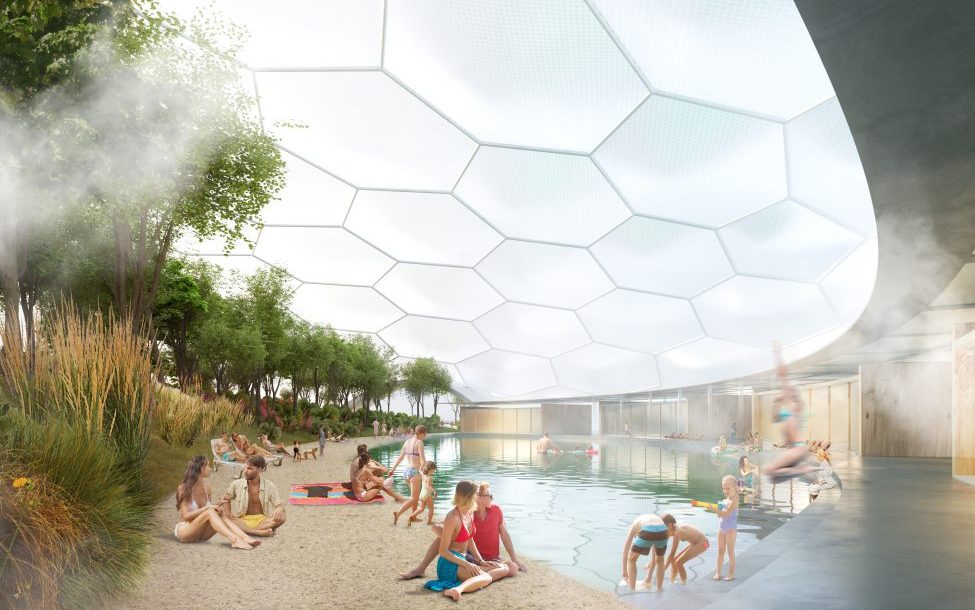Over half of the world’s population lives in urban areas. By 2050, that proportion is expected to rise to 68%. But cities are not exactly the cleanest or healthiest places to live. They produce more than 70% of the planet’s carbon emissions and generate vast amounts of waste. A report by the European Commission found that people in cities are exposed to higher concentrations of nitrogen dioxide compared to less urbanized areas, which can seriously affect your health and the environment.
As leaders seek to address long-standing urban challenges and meet sustainability and resiliency targets, they’re having to find new and better ways of planning and managing their cities.
In the Compass article “Building green cities,” we explained the role of cloud-based collaborative platform technology and 3D virtual twins for bridging the gap between built and natural environments.

Real-time 3D virtual replicas of cities serve to create an intelligent digital model based on geometric, topographical, demographic, mobility and health data. They can be used for everything from determining how a proposed new construction would impact existing buildings, projecting future tree growth to assess landscaping, to modeling neighborhood noise.
As the Compass article explained: “Working together on a shared virtual twin of the city, stakeholders can co-create sustainable solutions that factor in the impacts of their choices at every stage from design, construction and operation through to demolition and recycling of materials.”
COLLABORATIVE PLANNING
At Dassault Systèmes, we understand that a city is an ecosystem with many players working together: citizens, businesses and government officials; urban planners and infrastructure managers; providers of health care, municipal services, transportation, telecommunications, and security. For effective decision-making, city stakeholders need to collaborate like never before. They need access to a single source of truth, and they can make it happen by taking advantage of virtual twin technology on the 3DEXPERIENCE platform.
Industry leaders like French public institution Rennes Métropole use virtual twin technology on the 3DEXPERIENCE platform to achieve unprecedented collaboration and visibility of city planning and management. The 3DEXPERIENCE platform intuitively facilitates data sharing across the Rennes ecosystem, which empowers a diverse team to collaboratively simulate, plan and manage the city, and even develop effective public policies.
“The 3D model has become a digital twin of the metropolis – a database connected to other city and territory systems, mobilizing cooperation of all public and private actors, and in particular citizens,” Isabelle Pellerin, vice president of higher education, research and innovation at Rennes Métropole, told Compass.
and head to the Dassault Systèmes industry page to see what role we’re playing in developing a new generation of smart, sustainable and connected cities.

